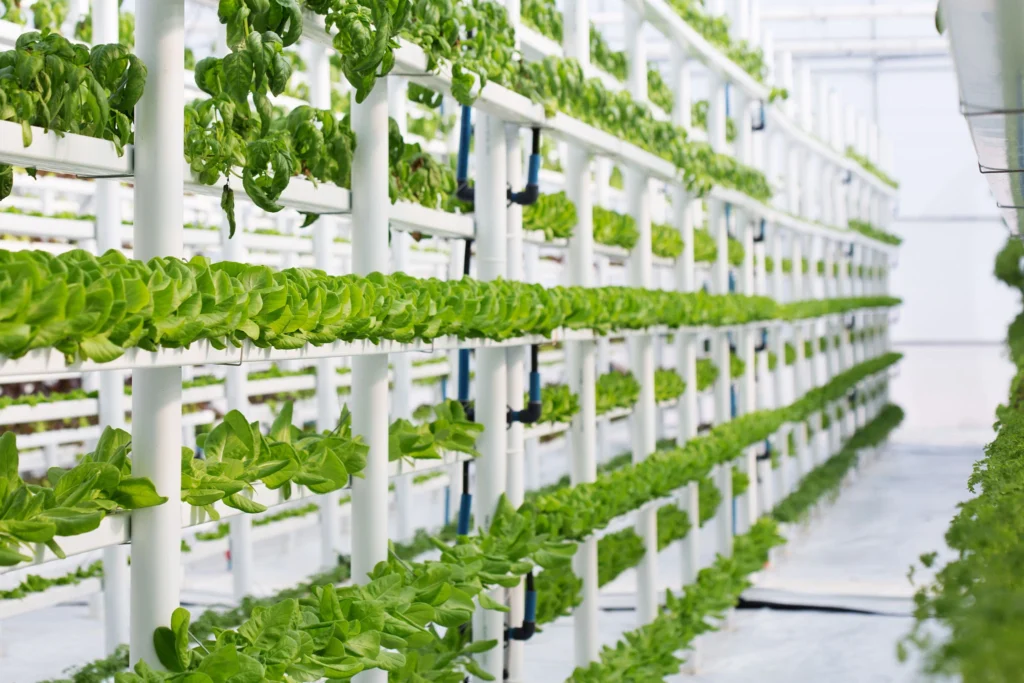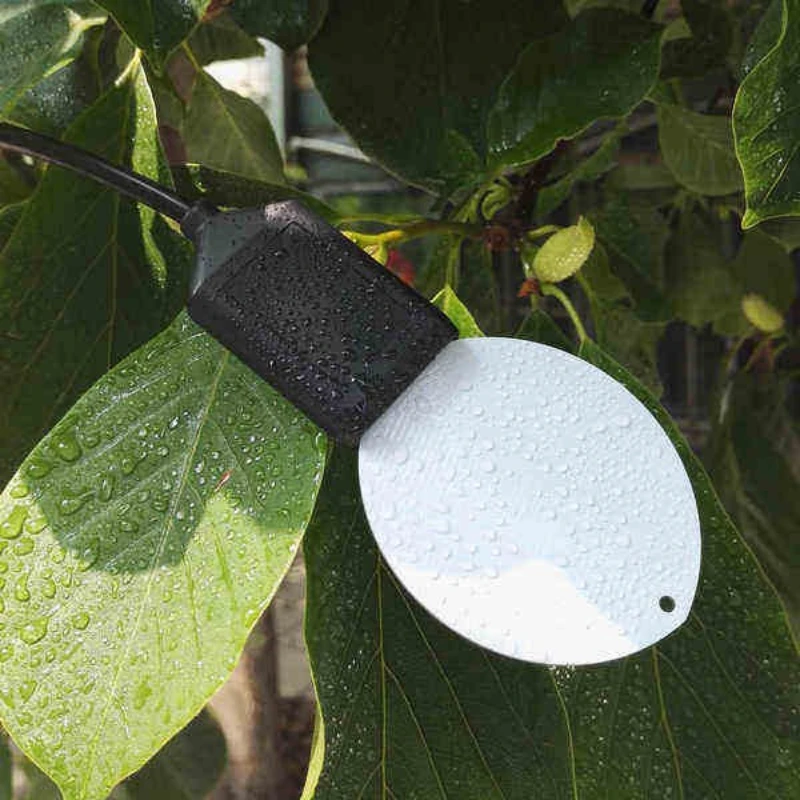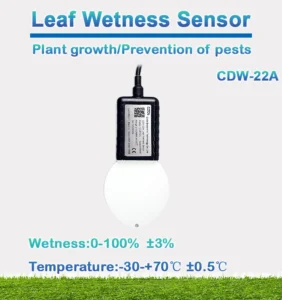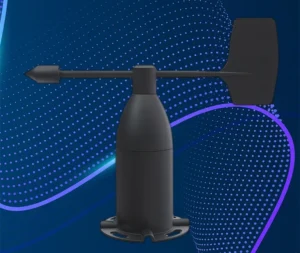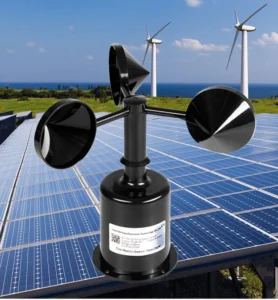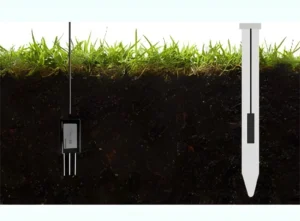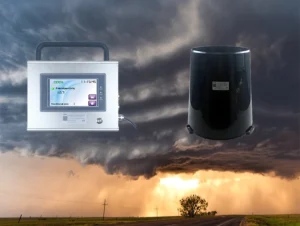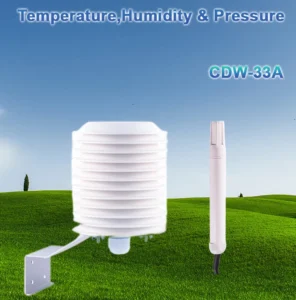what does leaf wetness sensors?
In today’s farming world, things are changing quickly. To get the best crop yields, farmers need precision and efficiency. A key part of crop management is watching environmental conditions. These conditions have a big impact on plant health. Coda Sensor’s CDW-22A leaf wetness sensor probe, for instance, plays a vital role in this regard.-capacitive leaf wetness sensor.
The Importance of Monitoring Leaf Wetness in Agriculture
Measuring leaf wetness helps farmers know when diseases might happen. This lets them take steps to prevent problems. They can change irrigation schedules or use specific treatments.
The leaf wetness sensor probe plays a key role in precision agriculture.
Key Features of Coda Sensor’s CDW-22A leaf wetness sensor probe
The CDW-22A capacitive leaf wetness sensor is unique in the market. It has many functions and a strong design. Here are the key features that make this sensor essential for agriculture:
The CDW-22A measures moisture on leaves accurately. It shows readings from 0% to 100%, which means full saturation.
Temperature Sensing: The leaf temperature sensor uses accurate thermistors or thermocouples. It can measure leaf temperature from -40°C to +80°C. This range helps us learn about the small environment around the crops.
Weather-Resistant: The CDW-22A has an IP65 waterproof rating. It can handle tough weather like rain, fog, and freezing temperatures. Its sturdy design ensures it lasts a long time, making it a dependable choice for outdoor use.
The sensor has many signal output options. These include 4 – 20mA, RS485, 0 – 5V, and 0 – 2V. This variety makes it easy to connect with different monitoring systems and automation devices.
Easy Installation: You can install the sensor with clamps, straps, or tape. These methods help the sensor attach securely to different leaf shapes. They also keep the plant safe from any damage.
Applications of the CDW-22A in Agriculture
The CDW-22A Leaf Wetness Sensor is helpful for many important farming tasks.
In Disease Prevention: The sensor checks moisture levels on leaf surfaces. This helps predict when harmful fungi and diseases can grow. Early detection allows farmers to act quickly, reducing the need for chemical treatments.
Here is the adjusted text:
“About Irrigation Management: Data on leaf wetness can help make better irrigation schedules. This ensures crops receive the right amount of water when they need it. It reduces water waste and stops overwatering, which can lead to problems like root rot.”
For Foliar Fertilization Control: The sensor checks leaf wetness and temperature. This helps improve foliar fertilizer use.
The CDW-22A is waterproof and has an IP65 rating. It can withstand tough weather like rain, fog, and cold. This helps nutrients stay absorbed and not get washed away by rain or mist.
Why Choose Coda Sensor’s CDW-22A?
In farming, Coda Sensor’s CDW-22A is a reliable tool for checking leaf wetness and temperature. Its strong design can handle tough outdoor conditions. The sensor is easy to install and offers several output options. This makes it a useful tool for farmers and researchers alike.
When the CDW-22A leaf wetness sensor is used in an automated system, farmers can make better choices. They can trust the data it gives. This helps them improve crop health, raise yields, and reduce the risk of disease outbreaks.
The sensor has a unique blade shape. This shape helps it copy the conditions of a leaf’s surface. Because of this, it can show the leaf’s surface conditions accurately. This makes it a useful tool in precision farming.
Conclusion
In an industry that places the highest emphasis on efficiency and sustainability, the CDW-22A Leaf Wetness Sensor crafted by Coda Sensor offers the agricultural field a formidable means for observing and maximizing the conditions of crops.
This sensor helps prevent diseases, improve irrigation, and enhance fertilization. It provides important data to boost productivity and reduce resource use. It acts as a key tool, enabling farmers to make smart decisions that can transform their farming practices.
